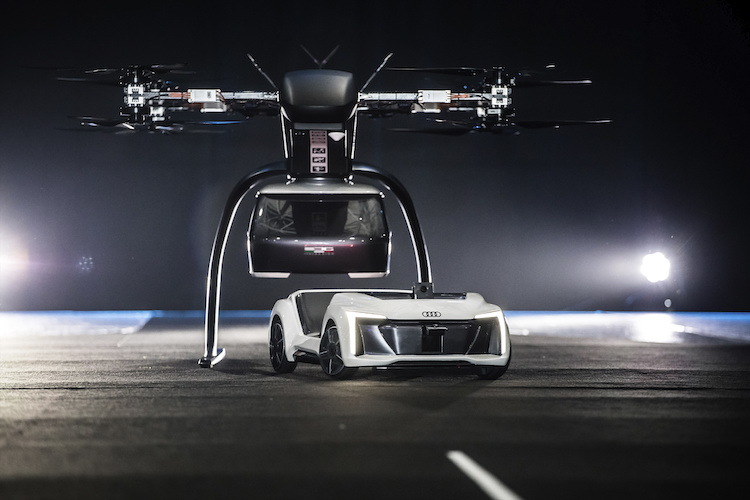
Report: Annual edge AI processor shipments forecast to reach 1.5 billion units by 2023
In its first forecast of Artificial Intelligence (AI) edge processors, market intelligence firm International Data Corporation (IDC) estimates that worldwide shipments of AI-optimised processors for edge systems will reach 340.1 million units in 2019, an increase of 170% over 2018.
By 2023, IDC expects the market will reach unit shipments of 1.5 billion and achieve a five-year compound annual growth rate (CAGR) of 64.9%.
The emergence of AI is upending the microprocessor market.
While the development of general-purpose processors and graphic processor units (GPUs) have brought tremendous compute capabilities to ever smaller, more mobile, battery-powered devices, they are not ideal platforms for neural network inferencing solutions.
AI-optimized processors, both discrete accelerators and host processors with neural network accelerators integrated into the processor, drastically outperform running AI solutions compared to general purpose architectures.
Every key supplier is trying to adapt by developing solutions that address the new computing paradigm even as a new class of processing suppliers have entered the market, including a range of venture-backed semiconductor startups launching new IP and accelerators into the market.
The market opportunity for AI-optimised processors will increase as AI solutions expand at the edge of the network and as AI workloads increase beyond basic system optimisation tasks and listening for wake words to more valuable functions.
In 2018, only 5.1% of edge systems running AI included optimised processors. This penetration rate is expected to reach 40.5% by 2023. Revenues for AI-optimised processors on the edge are expected to reach $40.4 billion by 2023, with a CAGR of 86.4%.
For this forecast, edge systems include primary clients, such as PCs, mobile phones, and tablets; edge infrastructure gateways and servers; and endpoints and IoT devices deployed at the edge of enterprise, government, and home networks.
Some of the key application areas for edge AI processors include automotive advanced driver assistant systems (ADAS), gaming systems, smart home, and video surveillance. Other key markets include industrial automation, medical devices, AR/VR devices, and robots and drones.
“The success of AI resides in systems deployed to the edge, where instant decisions made by neural networks can actually create value, unfettered by latency and connectivity issues that can challenge cloud-based solutions,” said Michael J. Palma, research director in IDC’s Enabling Technologies and Semiconductor research team.
“But the promise of AI at the edge depends on the development of highly efficient compute processing elements, optimised for AI workloads, that support the power-constrained nature of most edge systems.
“Currently, discrete accelerators offer the greatest performance but add to BOM costs. Eventual success will likely rest on the integration of AI-optimised processing elements within host processors.”
The IDC report, Worldwide Edge AI Processing Forecast, 2019–2023: A New Paradigm for Processors (IDC #US43825519), examines the worldwide market for AI-optimised processors for the 2018-2023 period. The report includes a five-year growth forecast for 2019-2023.


